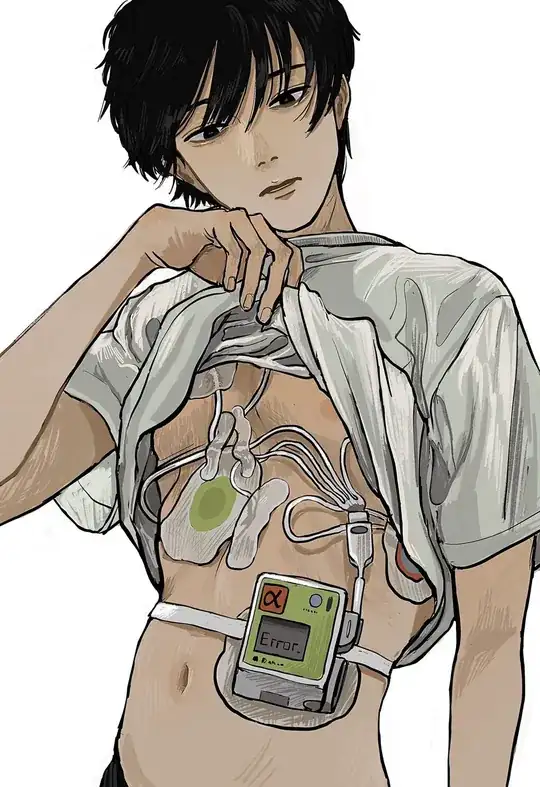Muscular Dystrophy
If you want to focus on the weaker and weaker aspect of the question, Muscular Dystrophy is a good option.
Some forms of Muscular Dystrophy begin during childhood and progress in severity as you get older. Apart from making you physically weaker over time, it can affect heart and lung function causing some patients to need a wearable defibrillator as shown. People with Muscular Dystrophy typically die younger than normal people due to heart attacks or respiratory complications. No form of Muscular Dystrophy can be cured but there are treatment options for extending quality of life. Muscular Dystrophy varies widely in how quickly it progresses. While some people live for decades with it some people can go from fine to dead in just a few years.
Type I Myotonic Muscular Dystrophy is probably your best bet for someone who needs a wearable defibrillator, but can still walk. Duchenne Muscular Dystrophy is most likely to kill someone in their late teens, but since onset is normally much younger, by the time they get to that age, your character would probably be wheelchair bound. Duchenne Muscular Dystrophy treatment has also gotten much better in recent years extending average life expectance into 30s-40s so it might not work if your character has access to first-world medicine. If he is poor or in an under-developed country, or if you setting is at all in the past, this would not be a problem for you though.
You should also consider if your character needs to be smart since child onset Muscular Dystrophy is almost always accompanied by learning disorders.
